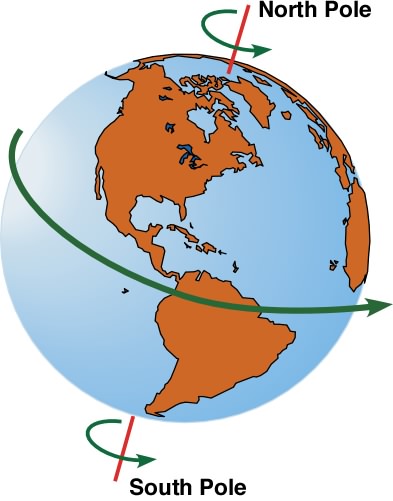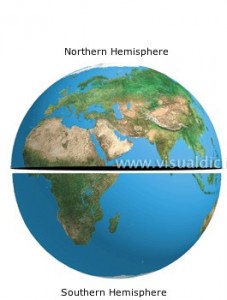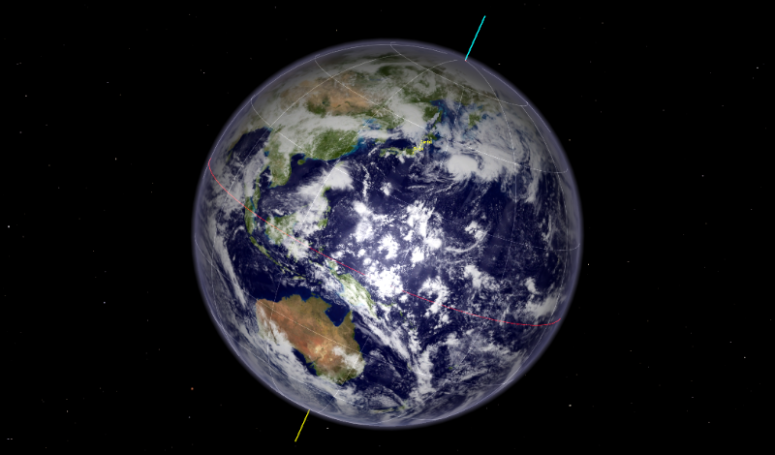Mineral Properties
In the Mineral Id Lab we studied a variety of properties including the following: Color, what is the color of a mineral. Streak, the color that the minerals gives after its been scratched with a streak plate. Hardness, how hard a mineral is. Fracture, a mineral breaking unevenly. Cleavage, when a mineral breaks evenly or in a pattern. Magnetism, the characteristic that allows a mineral to attract another magnetic material such as a magnet. Luster, how shiny a mineral is. Metallic, minerals that are shiny, looks like metal and attracts a magnet. Non-metallic, minerals that can also be shiny but do not look like metal and don't attract a magnet at all.
Reflection
1. What did you enjoy most about this project and why?
I liked working on animoto once again and working with Houssai. It's good knowing that you can really count on your partner whenever you can't be at school for a certain reason.
2. What was most challenging for you during this project and why?
This topic was very new and I had never studied minerals at all. Sometimes while doing the animoto video, I felt really lost and confuse about the information I had to put in because it was my first time learning about minerals.
3. What new skills did you learn from doing this project?
I didn't really learn any new skills but this time I trusted my partner a little bit more than I usually do. I learned that you always need help from somebody else even if you might think you're the best student in the class and that some people have different speeds when they're doing a project. Hopefully my project will come out to be good.
4. Is there anything that you could have done to improve any of your work?
Of course! I think I would have spent more time on editting the written lab. I did my job, finished on time but the written lab needs a lot of improvement and unfortunatelly I wasn't able to fix it as much as it need to.









